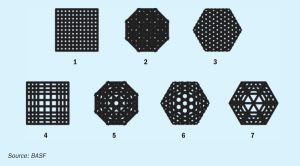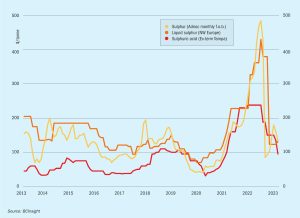SABIC’s general assembly has approved the appointment of Abdulrahman Al-Fageeh as SABIC CEO, and an executive member of the board of directors until April 9, 2025 – the Board’s tenure end date. In its previous meeting, the Board of Directors, had agreed to appoint Dr. Mohammed Yahya Al-Qahtani as vice chairman. At the meeting, Khalid Al-Dabbagh, SABIC Chairman, noted that the past year had been difficult one, though “SABIC managed to face the challenges by intensifying its development programs to achieve record numbers in terms of production, sales, and revenues that exceeded the achievements of the previous year. However, its net profits have not met its aspirations and have shrunk compared to last year due to the worsening global conditions.” He also said that SABIC is pursuing plans to manage working capital through the Cash Cost Transformation program, and is sparing no effort to achieve sustainable growth, adopt long-term strategic goals for sustainability, and reduce emissions related to the life cycle of its products across the value chain.








